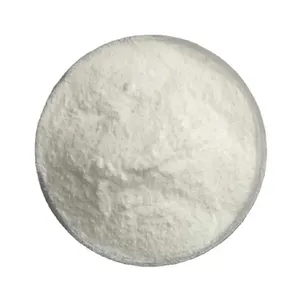Introduction to Phenol C6H5OH
Phenol, represented by the chemical formula C6H5OH, is a vital organic compound extensively utilized in various industrial applications. Known for its unique chemical structure that combines a hydroxyl group (–OH) with a benzene ring, phenol exhibits remarkable properties that make it essential in the production of numerous chemicals, materials, and pharmaceuticals. Its versatility and effectiveness in different sectors, including manufacturing and healthcare, underscore its significance.
Types of Phenol C6H5OH
There are several types of phenol derivatives, each varying in their application and chemical properties. Major types include:
- Monophenols: These include simple structures like cresols and xylenols, which are used in disinfectants and pesticides.
- Polyphenols: Includes compounds like bisphenol A (BPA), critical in producing plastics and resins.
- Halogenated Phenols: Typically used as antiseptics and in chemical synthesis.
- Alkyl Phenols: Used extensively in detergent and surfactant production.
Applications of Phenol C6H5OH
The applications of phenol are vast and crucial across different industries. Some prominent uses include:
- Chemical Manufacturing: Phenol serves as an intermediate in producing various chemicals, including plastics, nylon, and pesticides.
- Pharmaceuticals: It acts as a key ingredient in formulating antiseptics, disinfectants, and analgesics.
- Laboratory Research: Used in laboratories for chemical analysis and as a reagent in organic synthesis.
- Aromatics and Dyes: Phenol is instrumental in synthesizing dyes and dyes production.
Features and Advantages of Phenol C6H5OH
Phenol C6H5OH boasts a range of features and advantages making it an invaluable asset in various sectors:
- Antimicrobial Properties: Phenol's effectiveness as an antiseptic makes it essential in healthcare applications.
- High Boiling Point: This characteristic enhances its stability and usability in high-temperature applications.
- Versatile Solvent: It can dissolve a wide variety of organic compounds, making it a useful solvent in chemical processes.
- Ecological Consideration: While chemical, its derivatives can be formulated to reduce environmental impact, promoting sustainable practices.














































